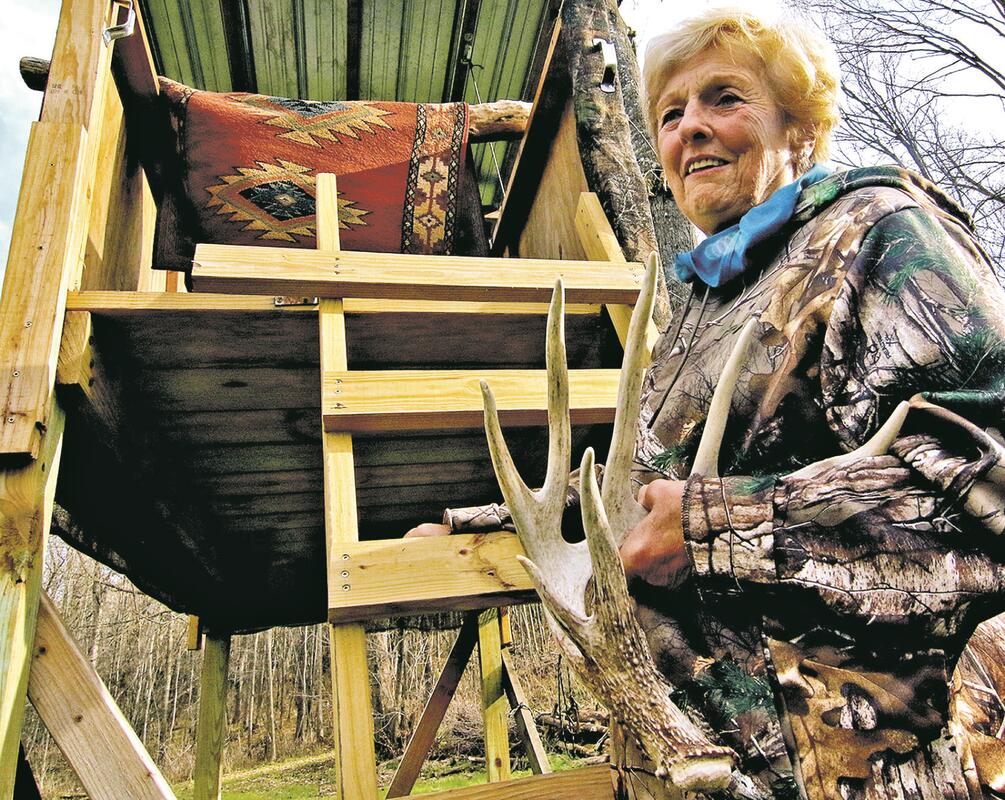Build Back Better has help for health care |
Nicole Smith-Holt's 26-year-old son Alec, who had diabetes, died in 2017 after he aged off his mother's health plan and began rationing the medication that kept him alive: insulin. Its cost increases have easily eclipsed inflation over the past decade. Alec managed a restaurant but couldn't afford a $1,300 refill.
Smith-Holt began a crusade to prevent another needless death, and in 2020 Minnesota passed a pioneering emergency insulin assistance program. But action is also needed on the federal level to help those elsewhere struggling with insulin costs. Fortunately, the Build Back Better bill (BBB) making its way through Congress is poised to deliver insulin cost relief, potentially limiting insurance out-of-pocket costs to $35 a month as well as launching other measures to slow drug price increases.
Passing this as a standalone measure would have been an achievement. What's remarkable is that this is just one of many noteworthy health care advances in the so-called "social infrastructure" legislation. If enacted, the BBB would deliver sensible improvements that build on the current system to make health insurance more affordable, bring down prescription drug costs and strengthen care. These reforms would especially benefit children, new mothers, the elderly, young retirees and rural families.
The sprawling legislation, which cleared the House about a week ago, includes investments in affordable housing, early childhood education and clean energy. Its fate remains uncertain because it still needs Senate approval, which could reshape the bill enough to necessitate sending it back to the House.
The legislation's costs: an estimated $2.2 trillion over 10 years. But the Congressional Budget Office determined that it would add far less — $160 billion — to the federal deficit. The "bill's tax cuts and package would be largely paid for with tax increases on high earners and corporations,'' the New York Times reported.
The BBB's health care advances are significant and merit their own spotlight. Smith-Holt has been tracking the insulin measure. In an interview, she said it is a step forward, but she's worried that it would leave those without insurance still struggling to afford insulin. "We still need that emergency assistance piece," she said, noting that Minnesota U.S. Sen. Tina Smith has previously introduced such legislation.
The bill's other health care components are important steps forward, too. They would:
- Extend financial aid available for those who buy health insurance on their own. Tax subsidies available through the Affordable Care Act can instantly discount consumers' monthly premium costs. Congress temporarily lifted the income ceiling to qualify for this assistance during the pandemic. The BBB would keep this beneficial change in place through 2025. This change often helps young retirees and farm families, many of whom previously made too much to qualify for aid, but not enough to comfortably afford coverage.
- Add hearing care benefit to Medicare. This public program primarily serves those 65 and up. While varying coverage for hearing services has been available in privately administered Medicare Advantage plans, the BBB changes would cover all enrollees.
- Cap Medicare enrollees' out-of-pocket prescription drug costs at $2,000 a year.
- Allow the federal government to negotiate prices on a limited number of high-cost prescription drugs covered by Medicare.
- Boost federal funding for home- and community-based care services for the elderly and disabled.
- Require states to cover new mothers on medical assistance for a year after they give birth. Too many states currently do so for just 60 days, even though postpartum health risks extend well beyond this time period.
- Minimize coverage disruption (and resulting care gaps) for children on medical assistance by ensuring that they stay enrolled continuously for a year.
Enacting the BBB would strengthen care for Americans of all ages. Its reforms are targeted, timely and practical, and merit broad support.







 RSS Feed
RSS Feed